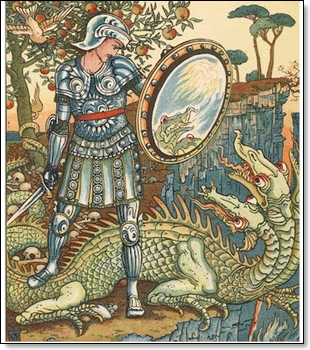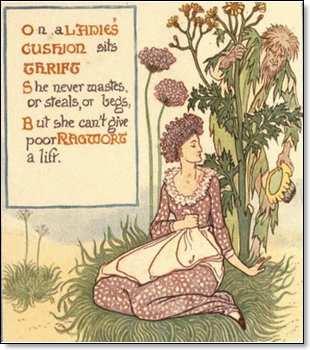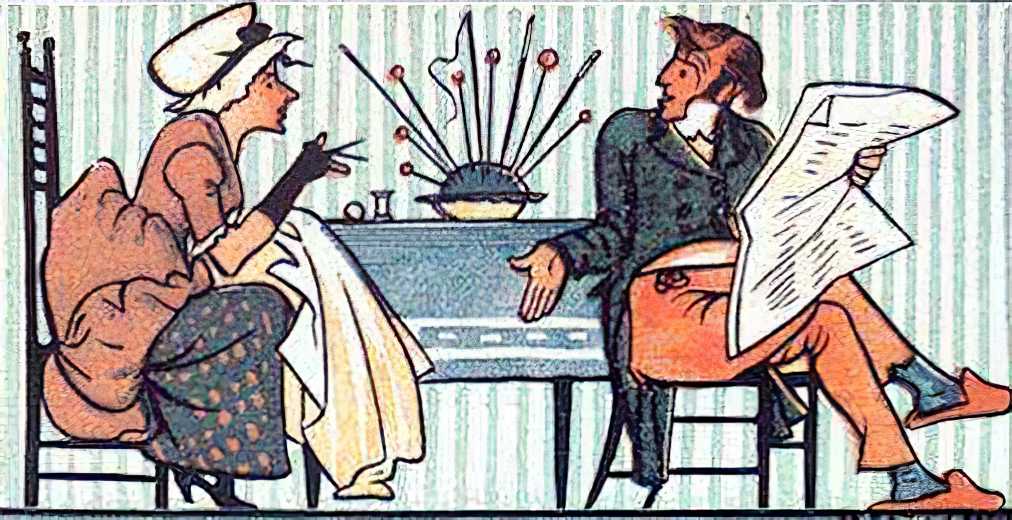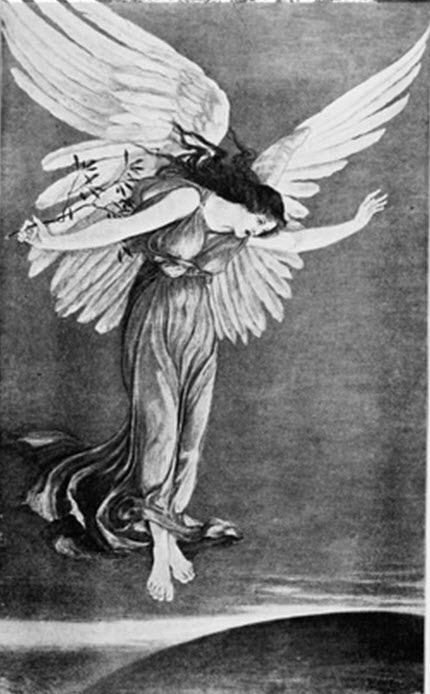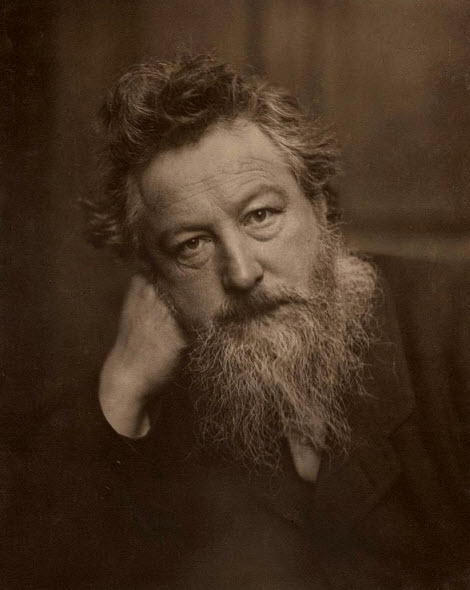
William Morris, poet and artist and designer, born at Walthamstow, near London, England, March 24, 1834; died Oct. 3, 1896. He was educated at Marlborough College and at Oxford, graduating at the latter institution in 1856. His college instruction included advanced training in architecture and painting, but soon after completing his course he devoted most of his time to literary work, though he was interested in manufacturing stained glass, wall papers, and art fabrics. In the manufacture of stained glass he was joined by Burne-Jones, Ford Madox Brown, and Dante Gabriele Rossetti, and in conjunction with them contributed in reforming public taste for various designs and colors. His first volume of poems appeared in 1856 under the title of “Defense of Guinevere and Other Poems,” a series of lyrics that have grown in popularity as they have been studied by readers of imaginative taste.
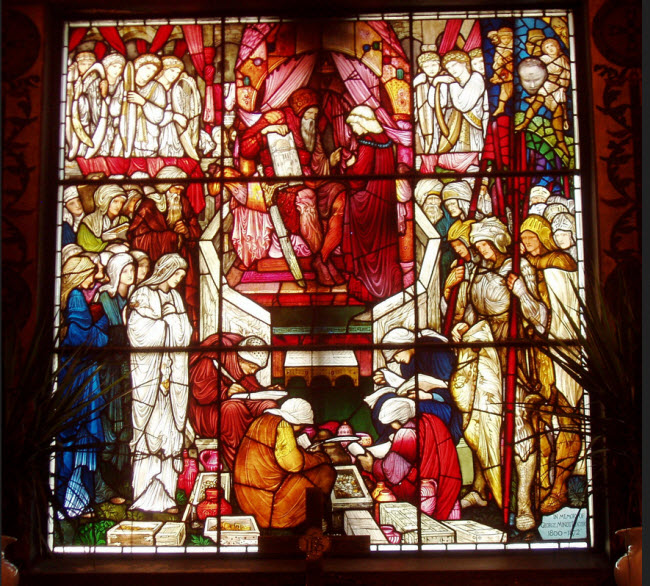
Stain glass Window Designed by William Morris and His Collaborator Burne Jones
The long narrative poem, “Life and Death of Jason,” appeared in 1867 and constitutes a production that will perpetuate his name. Morris was not only a poetical writer of vigor, but established a wide reputation as a lecturer on sociology and allied economic subjects. His writings are characterized by a vivid imagination and beautiful gems of thought. Among his more recent productions are “Earthly Paradise,” “Fall of the Niblungs,” “Poems by the Way,” and “Story of Sigurd of Volsung ” His works in prose include “The Dream of John Ball,” “Hopes and Fears for Art,” and “News from Nowhere.” He translated Homer's “Odyssey,” Virgil's “Aeneid,” and some of the Icelandic Sagas. His most celebrated work is the fantasy novel, The Well at the World's End.
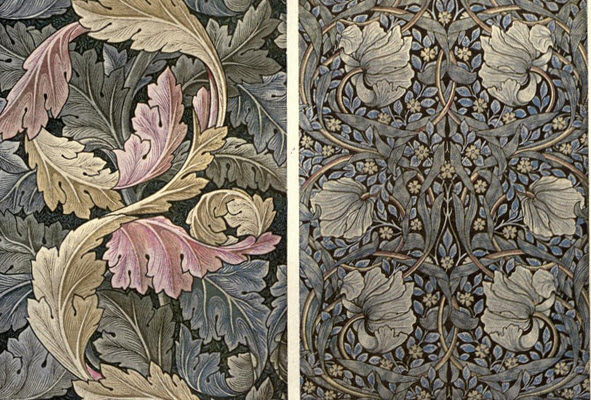
Intricate Wallpaper Patterns by William Morris
William Morris was a dedicated socialist and often collaborated artistically and politically with Walter Crane, who shared not only his world view but aesthetic sensibilities. Like his friend Walter Crane, Morris created book illustrations, as well as decorative arts such as wallpapers and even stain glass windows. Morris's stated that one should "have nothing in your houses that you do not know to be useful, or believe to be beautiful."
Morris established the Kelmscott Press through which he sought to revive a medieval style of book making, noted for printing books using type fonts reminiscent of Chaucer and other medieval works, and with fanciful motifs and illustrations in the margins. Morris's wife Jane Burden Morris also worked with him as an assistant, collaborator and muse.

